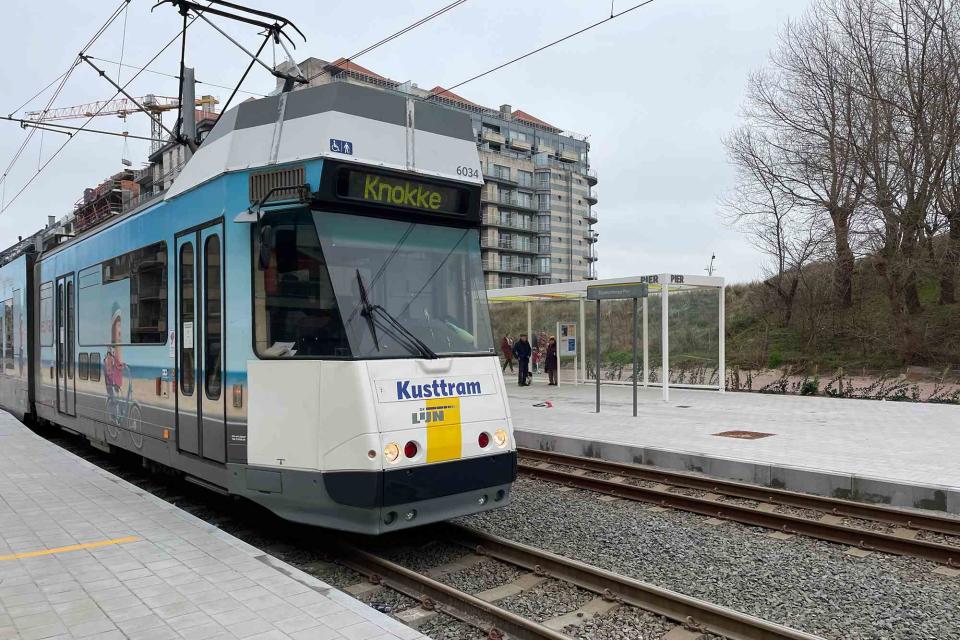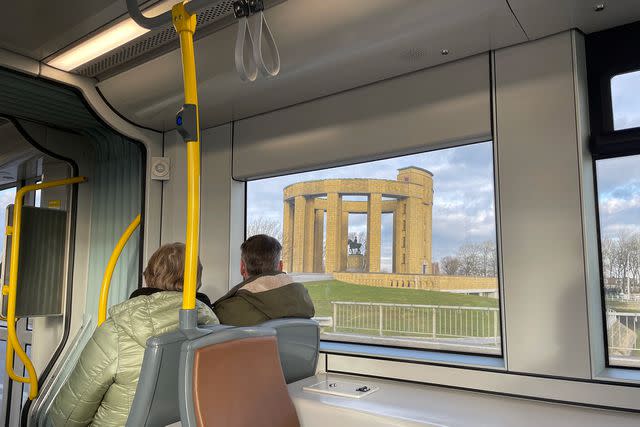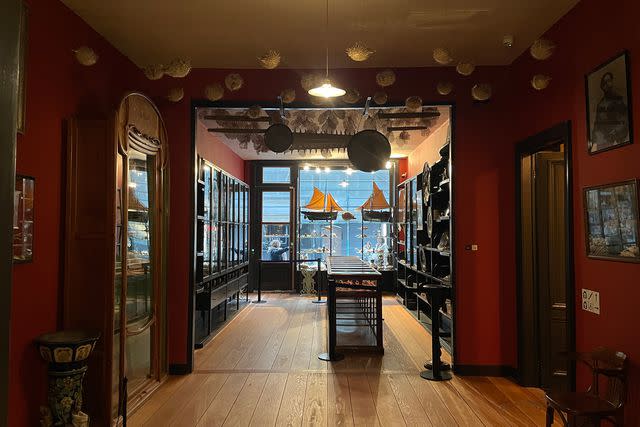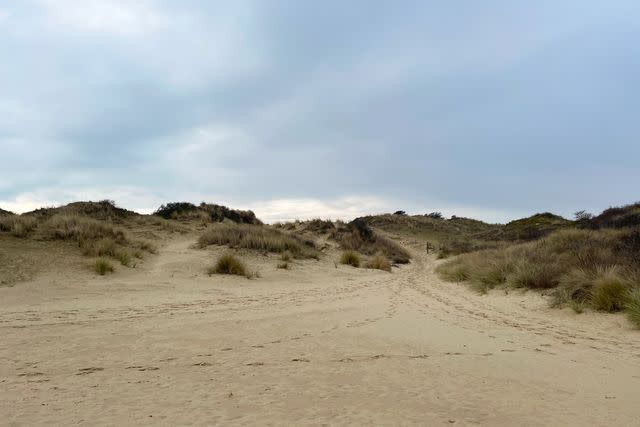This 40-mile Stretch of the Belgian Coast Is Often Overlooked — and It's Home to the World's Longest Tram
A love letter to the Belgian coast — charming towns, fine-dining restaurants, and tranquil nature reserves included.

Sander Van Den Broecke
Over the years, the Belgian coast has remained a bit of a hidden treasure in international circles. And yet, the 40-mile North Sea coastline accounts for most of the country’s domestic arrivals. So, why do foreign travelers still favor nearby Bruges, Brussels, and Ghent?
There’s one thing that connects all Belgian coastal destinations even more than their geographical proximity: a common identity. If your grandma taught you how to peel gray shrimp and Dutch speakers can recognize your West-Flemish accent, you’re in the in crowd.
This sense of shared identity may be what drove me to rediscover the Belgian coast on a windy January weekend. I wondered, will the sand in my sneakers evoke memories of days gone by? Will the cold sting of the ocean breeze still cut through layers of protective clothing like a hot knife through butter?

Sander Van Den Broecke
For the first time in a decade, I boarded the Coast Tram in De Panne, a sleepy village near the French border and the cradle of contemporary land sailing. In its early days, a single tram carriage was pulled by sheer, undiluted horsepower. Today, 130 years later, the interurban rail line serves more than 16 million passengers annually — and at 42 miles, it’s the longest tramway in the world.

Sander Van Den Broecke
Besides being the informal adrenaline capital of the coast, De Panne is also home to hundreds of protected fishermen's cottages and Belgium’s oldest nature reserve — including "the Sahara," a bone-dry sand dune stretching as far as the eye can see.

Sander Van Den Broecke
My next stop was Koksijde, a calm beach resort where just a handful of fishermen are keeping the time-honored tradition of shrimp fishing on horseback alive, thanks to the financial support of the city council. In contrast to this 500-year-old practice is the latest wave of restaurants like Oh, where chef Cedric Sorton’s subtle use of local ingredients left me wanting more.
I passed the impressive marina and World War I memorial of up-and-coming Nieuwpoort. One town over, in unassuming Middelkerke, I looked through the tram window and enjoyed my first view of the North Sea, undisturbed by dunes or 1960s apartment blocks as the shaky carriage ran alongside the sandy beach.
Eventually, I arrived at my old homeland of Ostend, nicknamed the "Queen of the Coast." With its ever-expanding street art walk (the Crystal Ship), the contemporary Mu.Zee, and the renewed James Ensor House exploring the art, life, and legacy of one of Belgium’s most celebrated artists, the city’s cultural significance is hard to overstate.

 Yahoo Autos
Yahoo Autos 